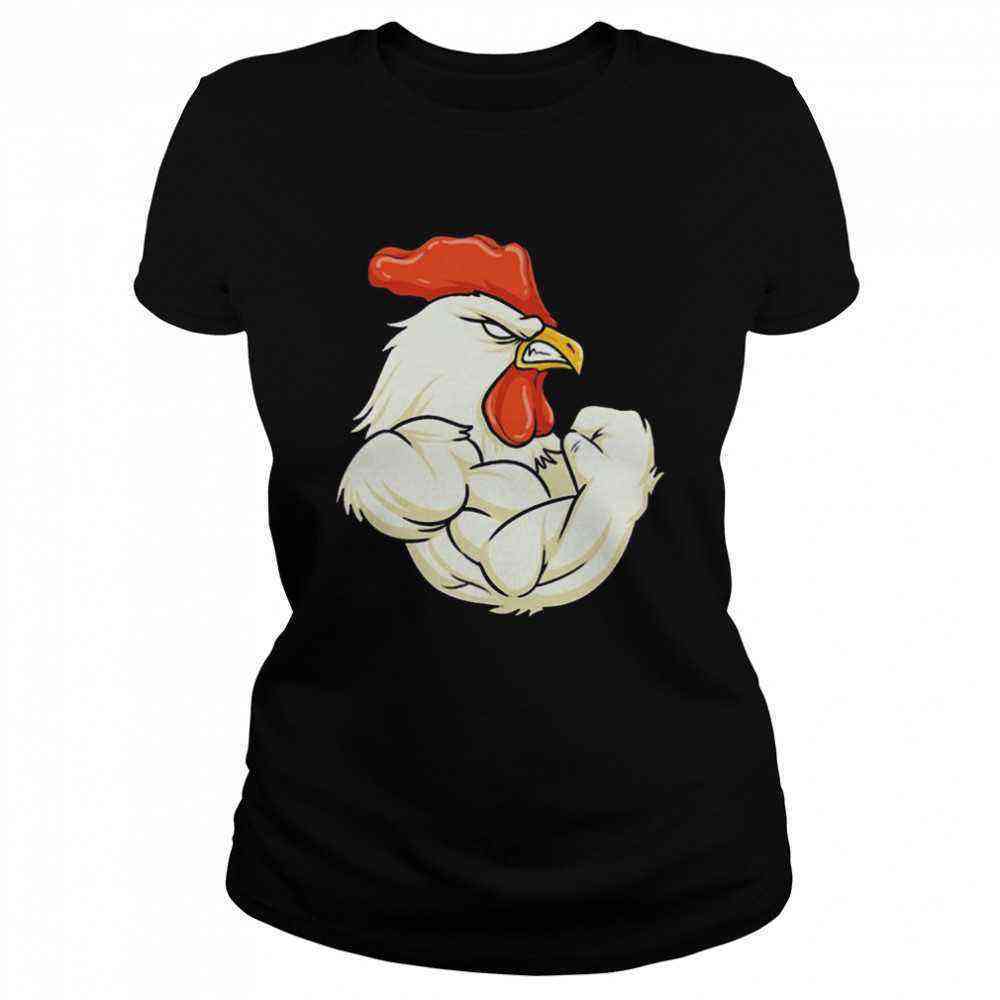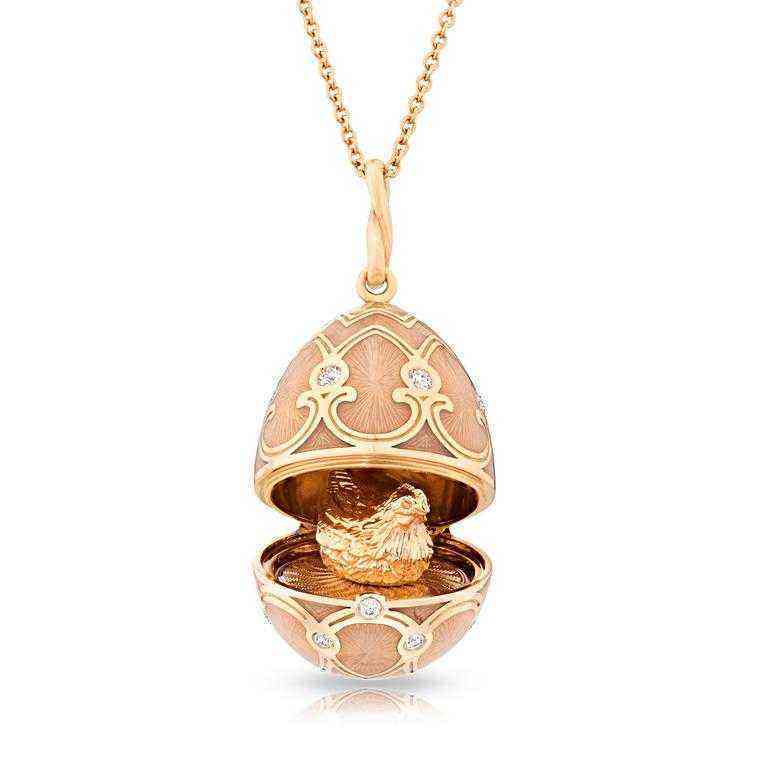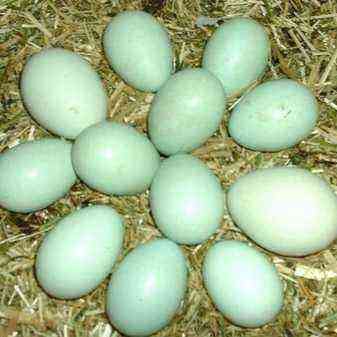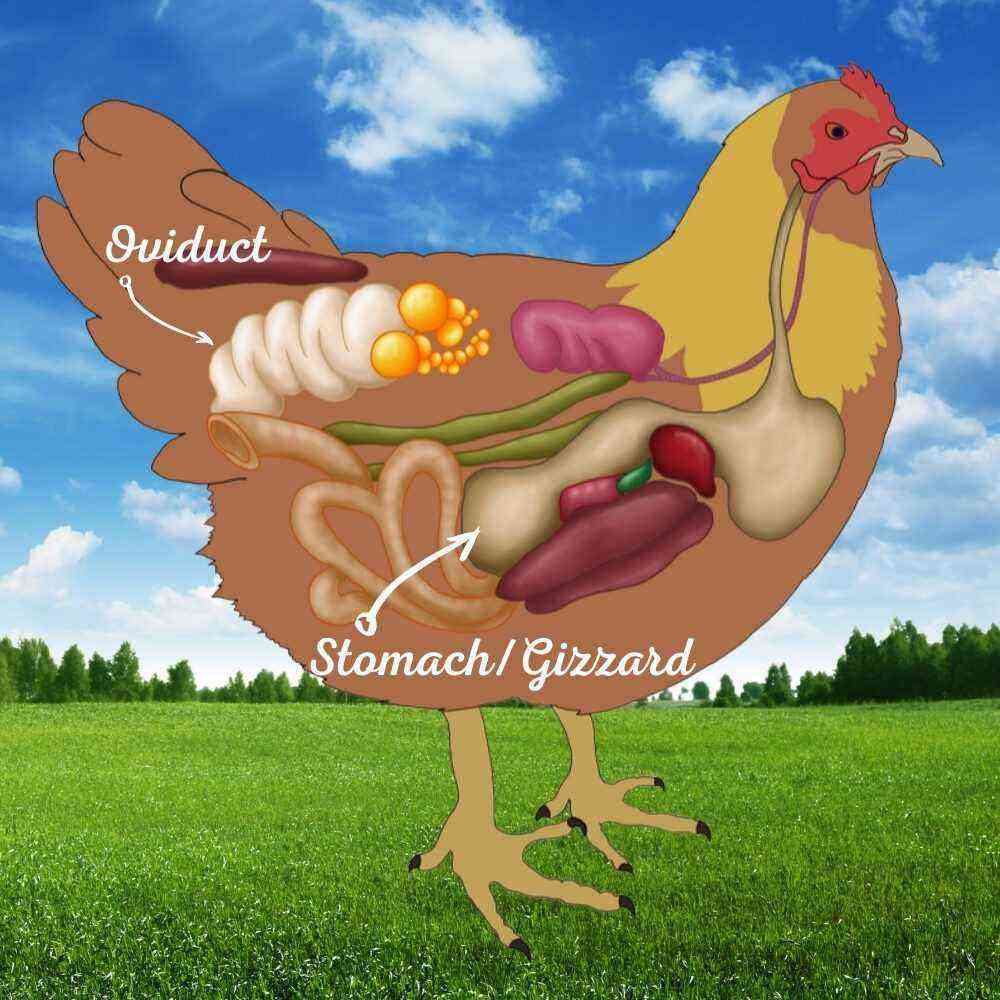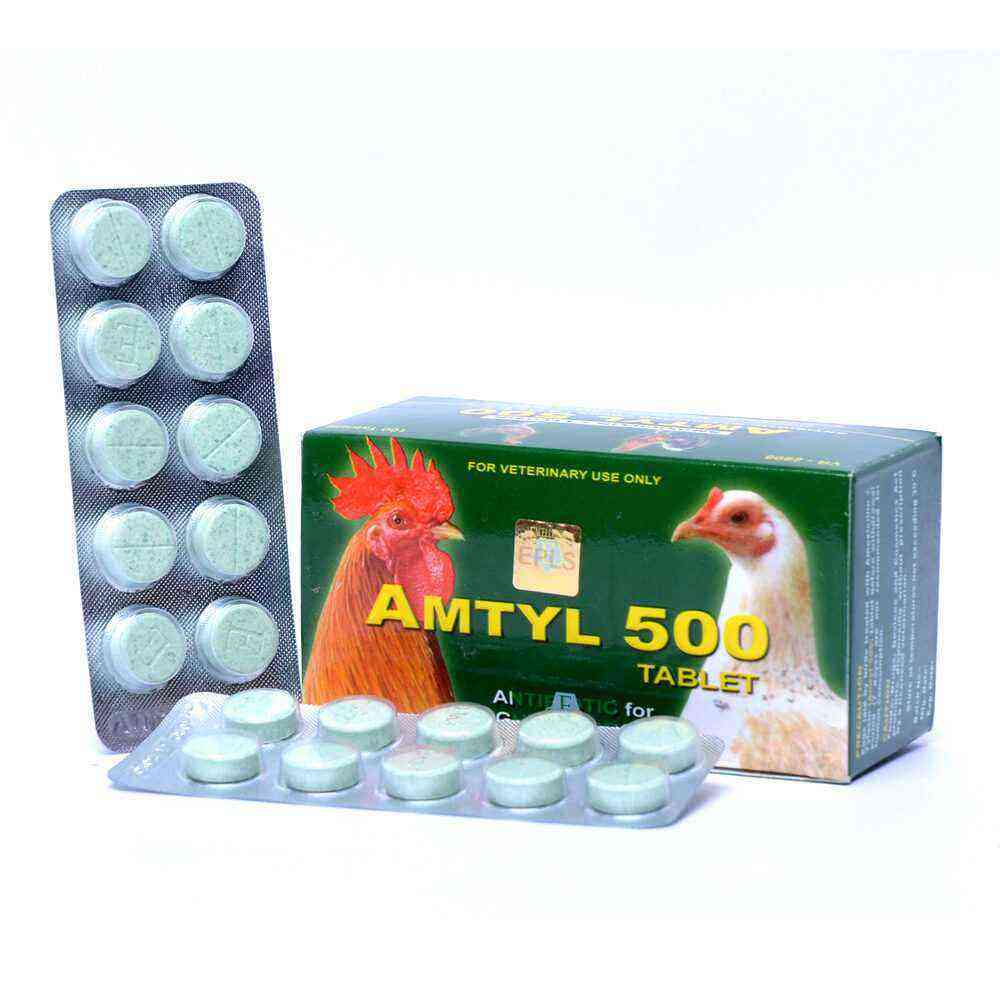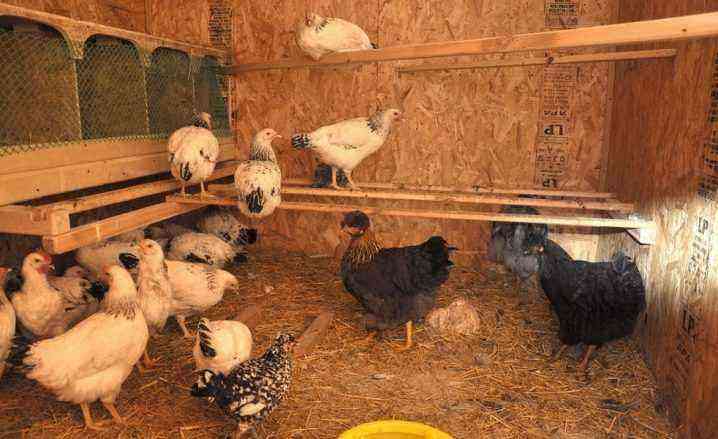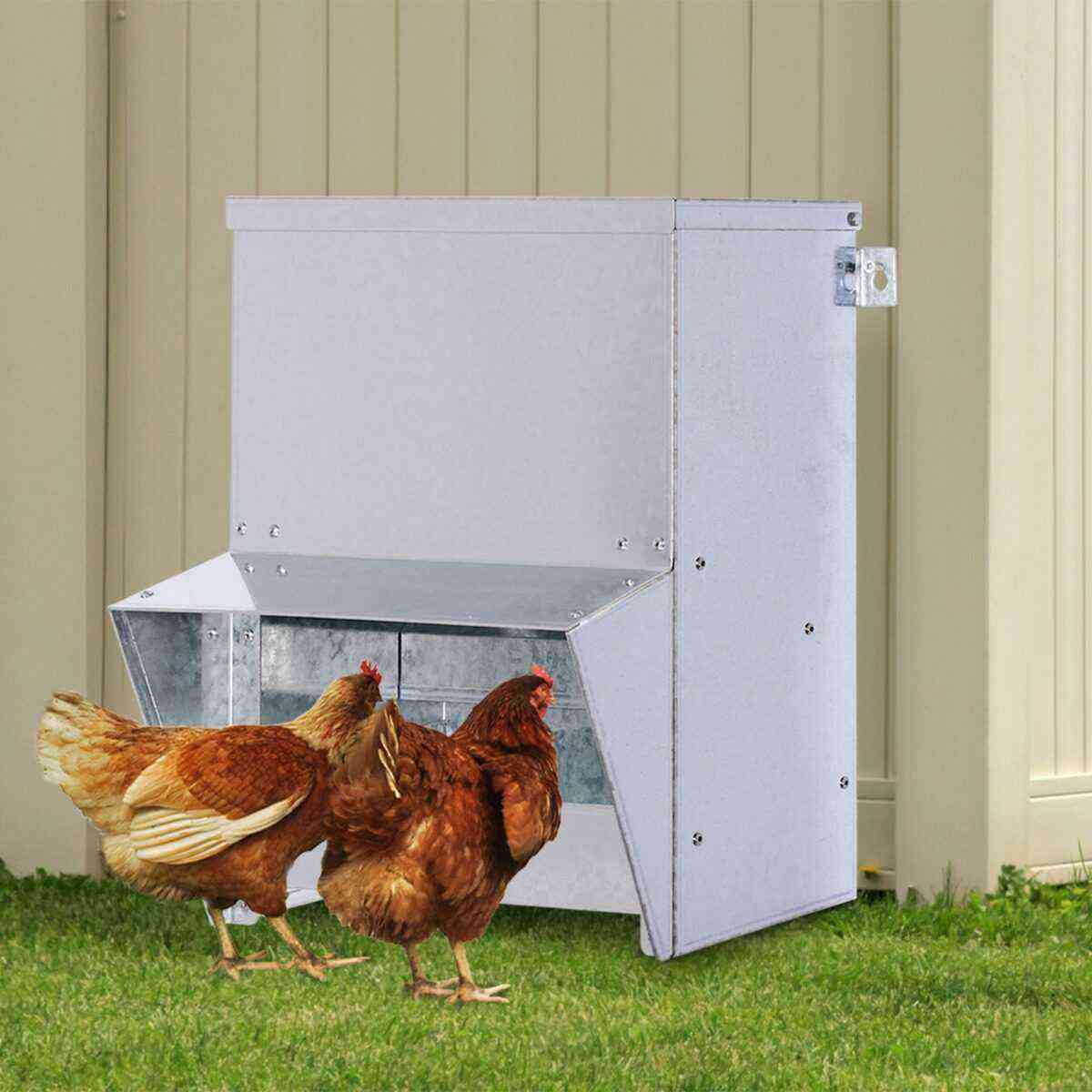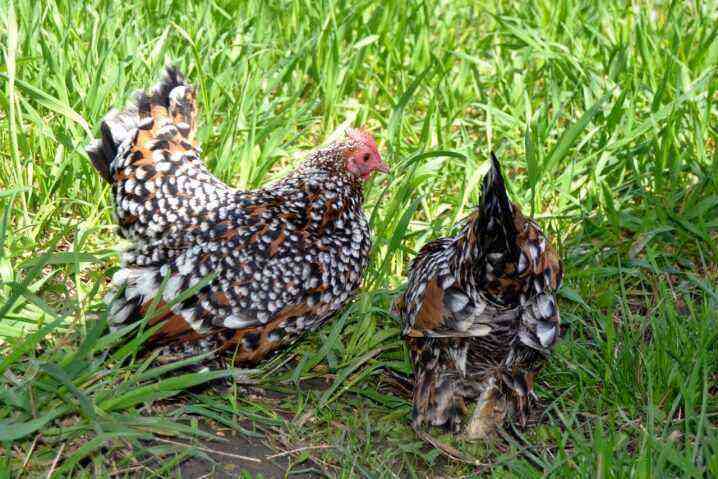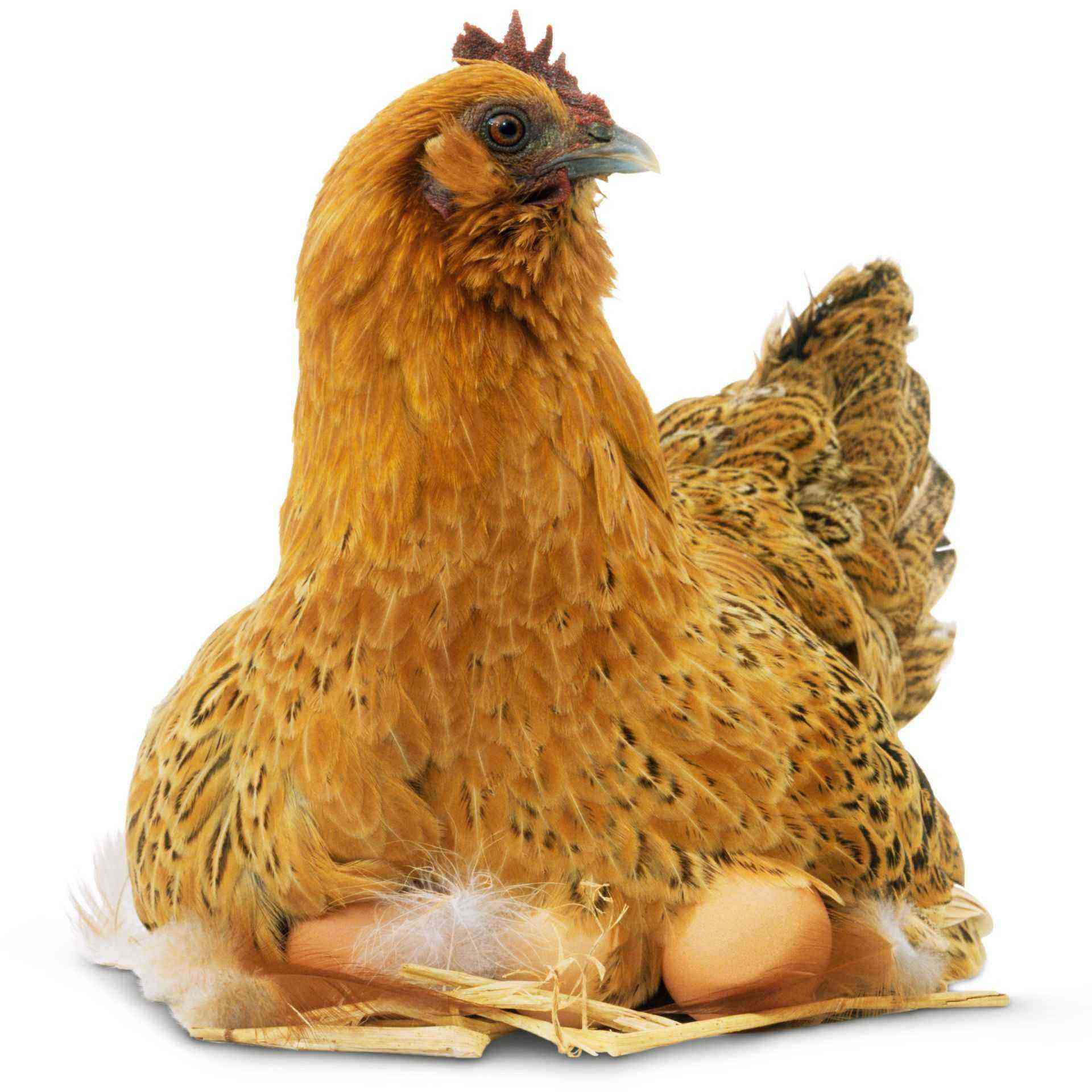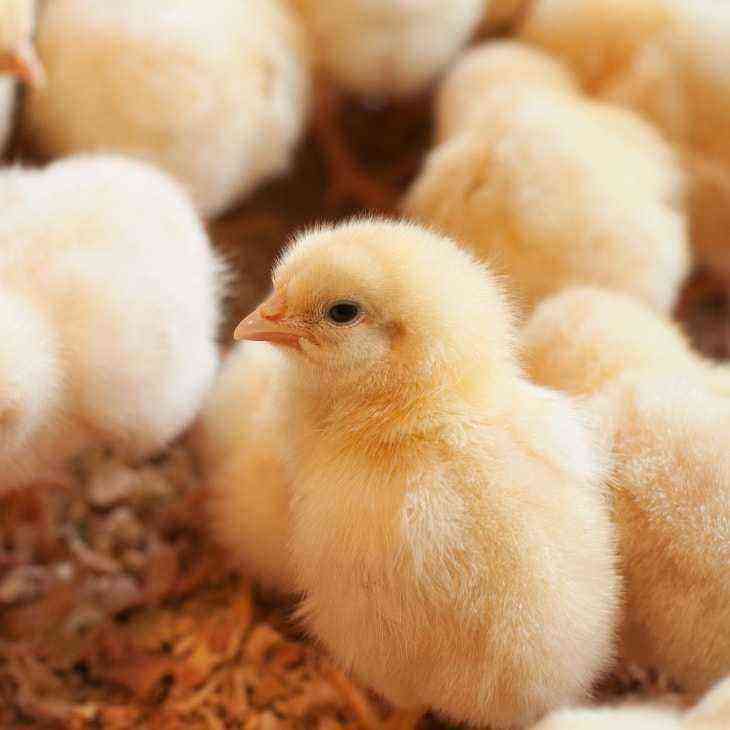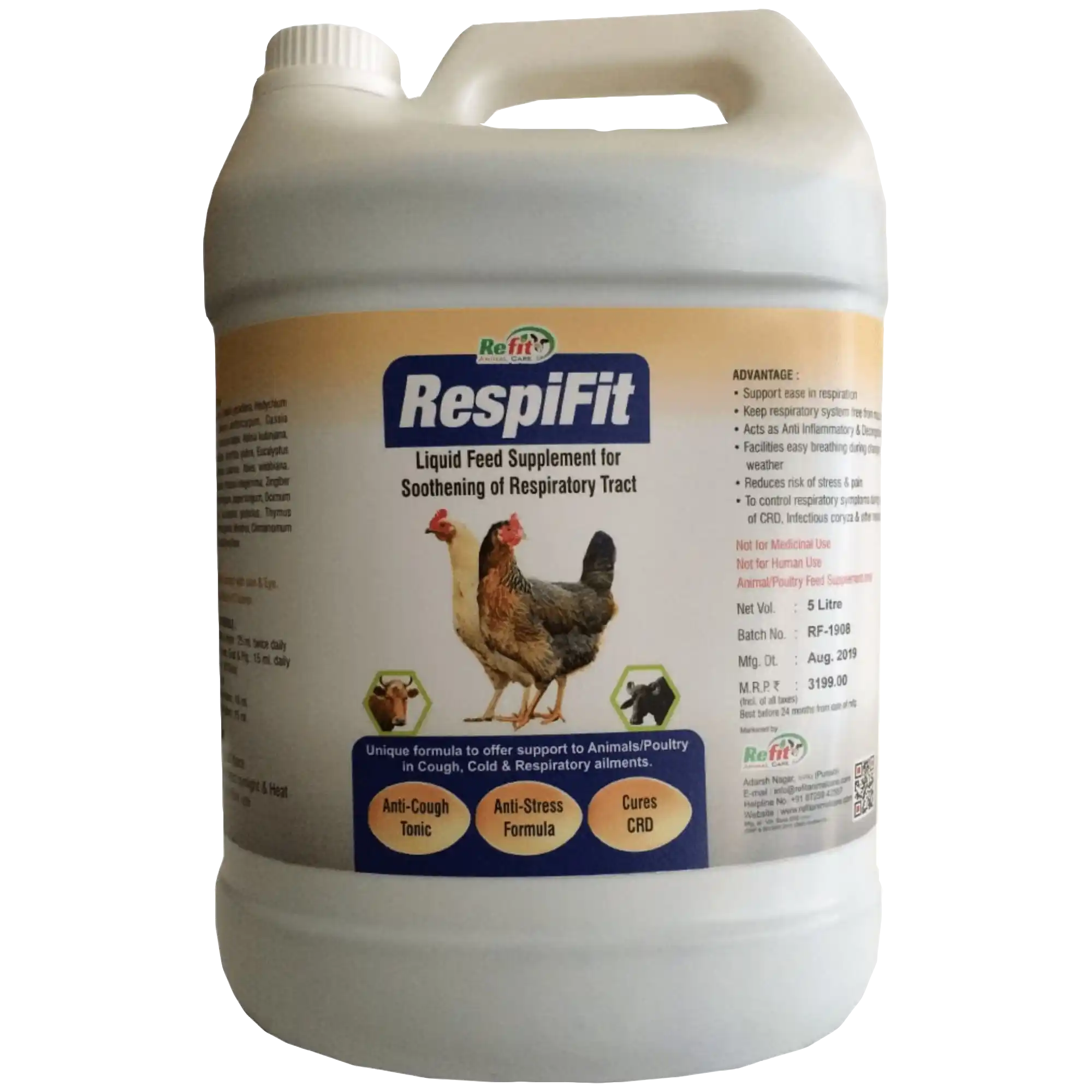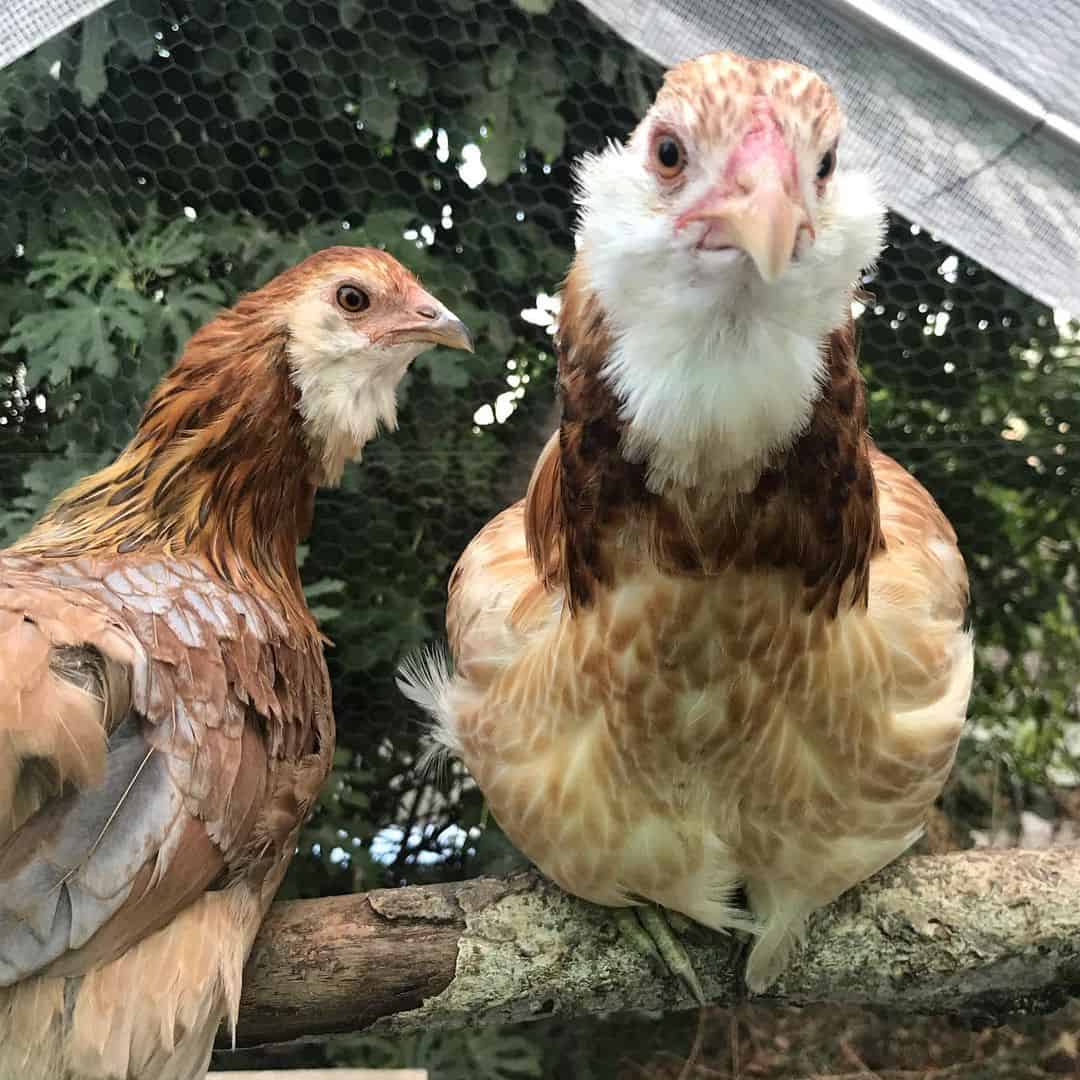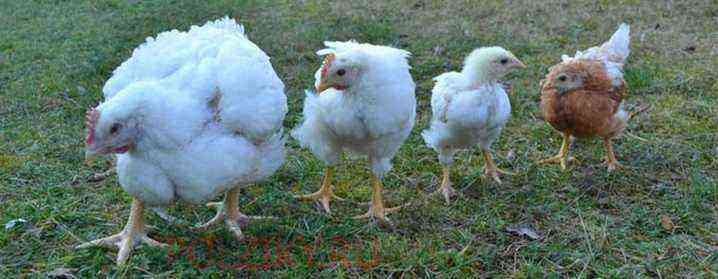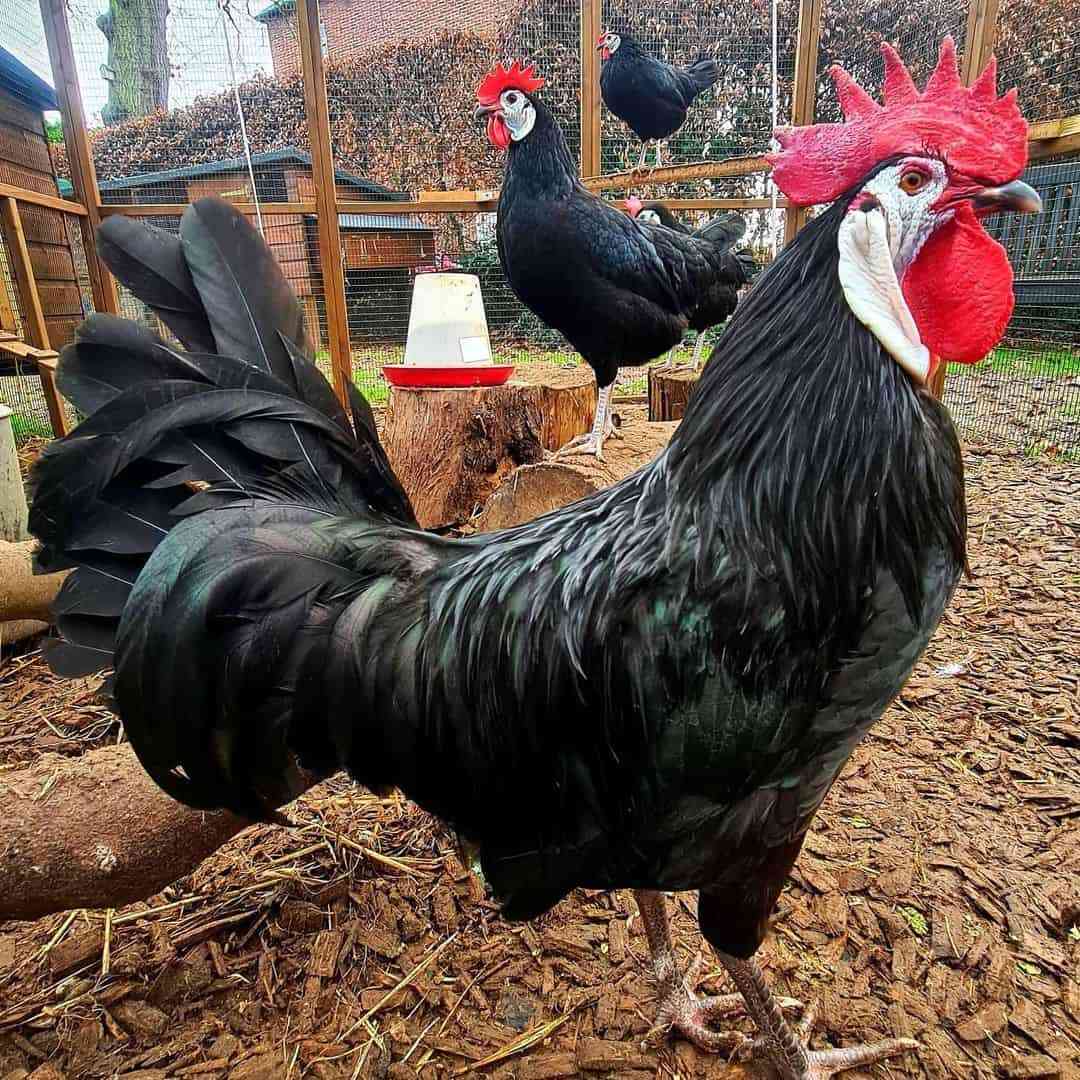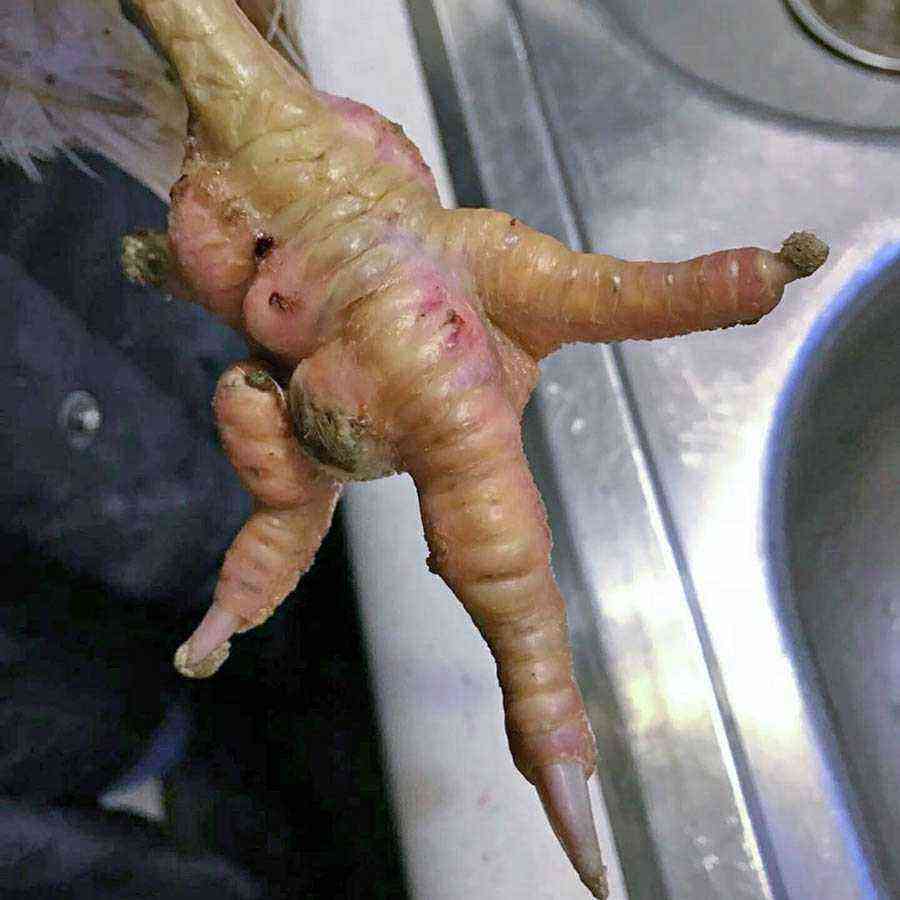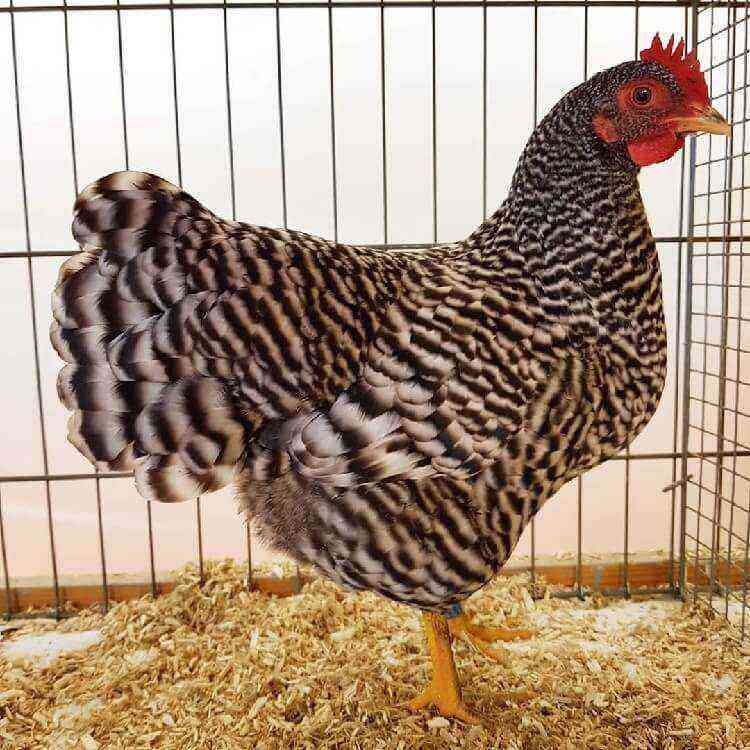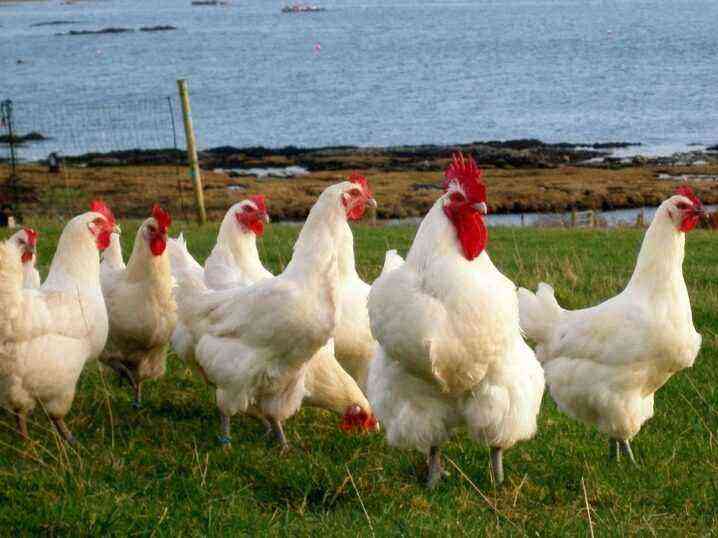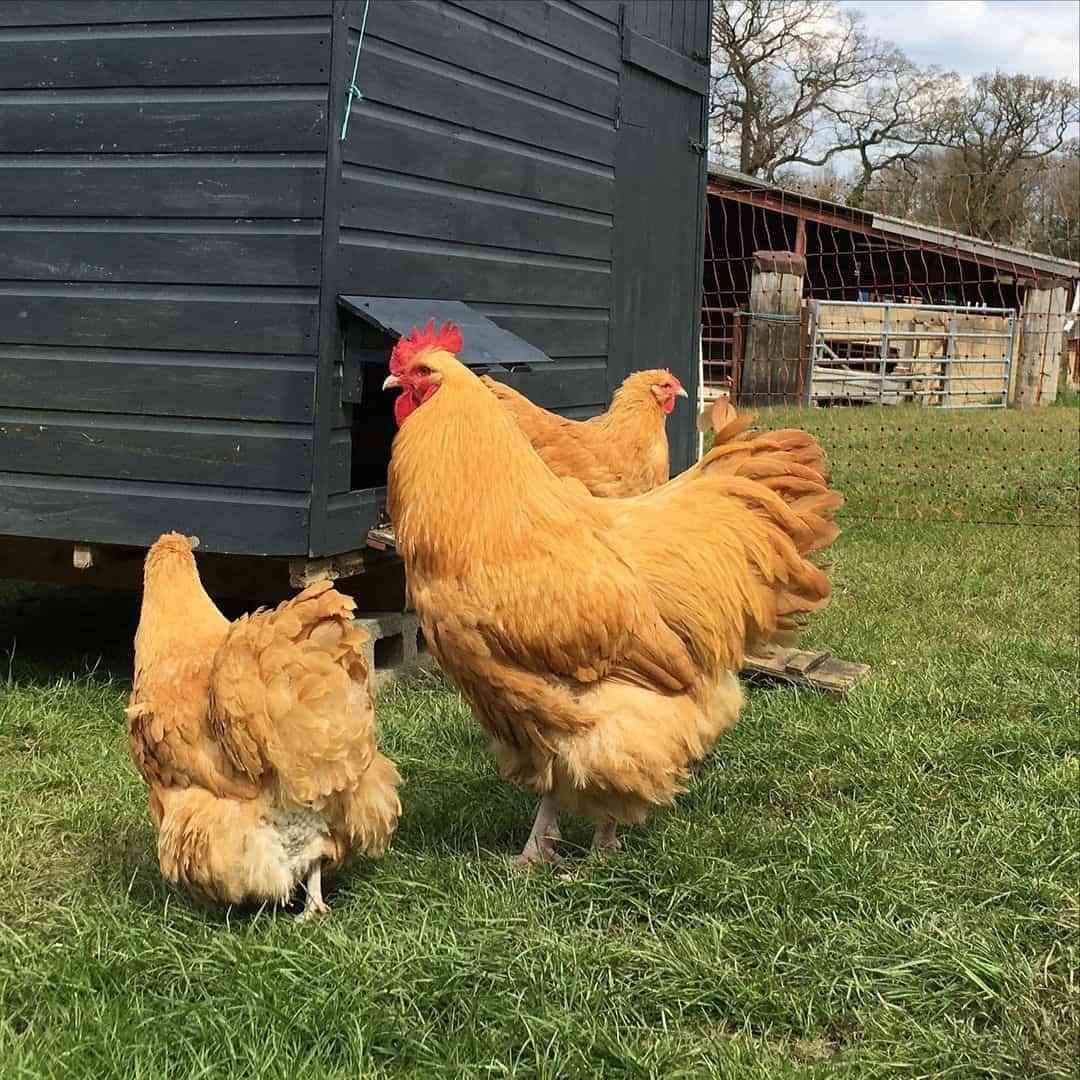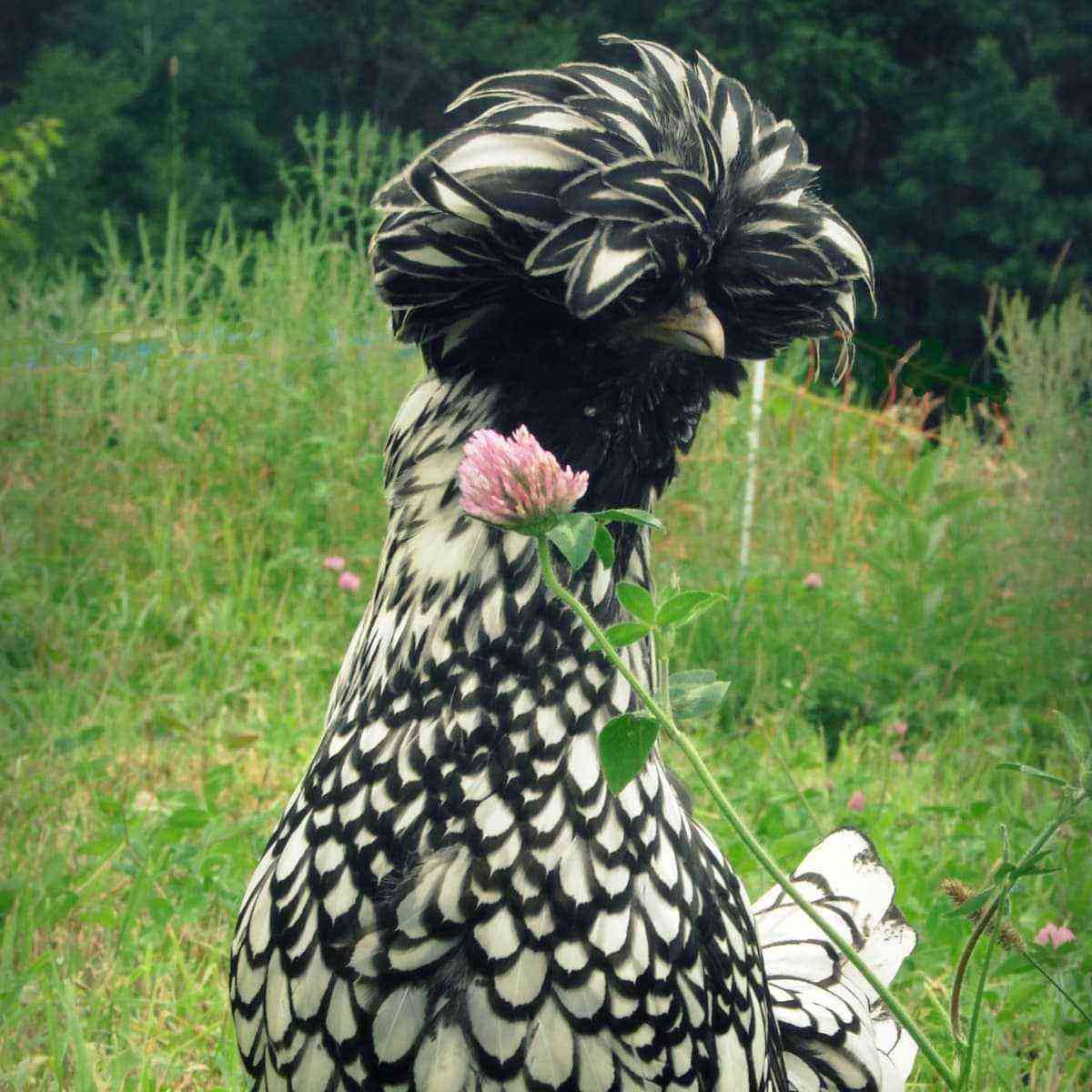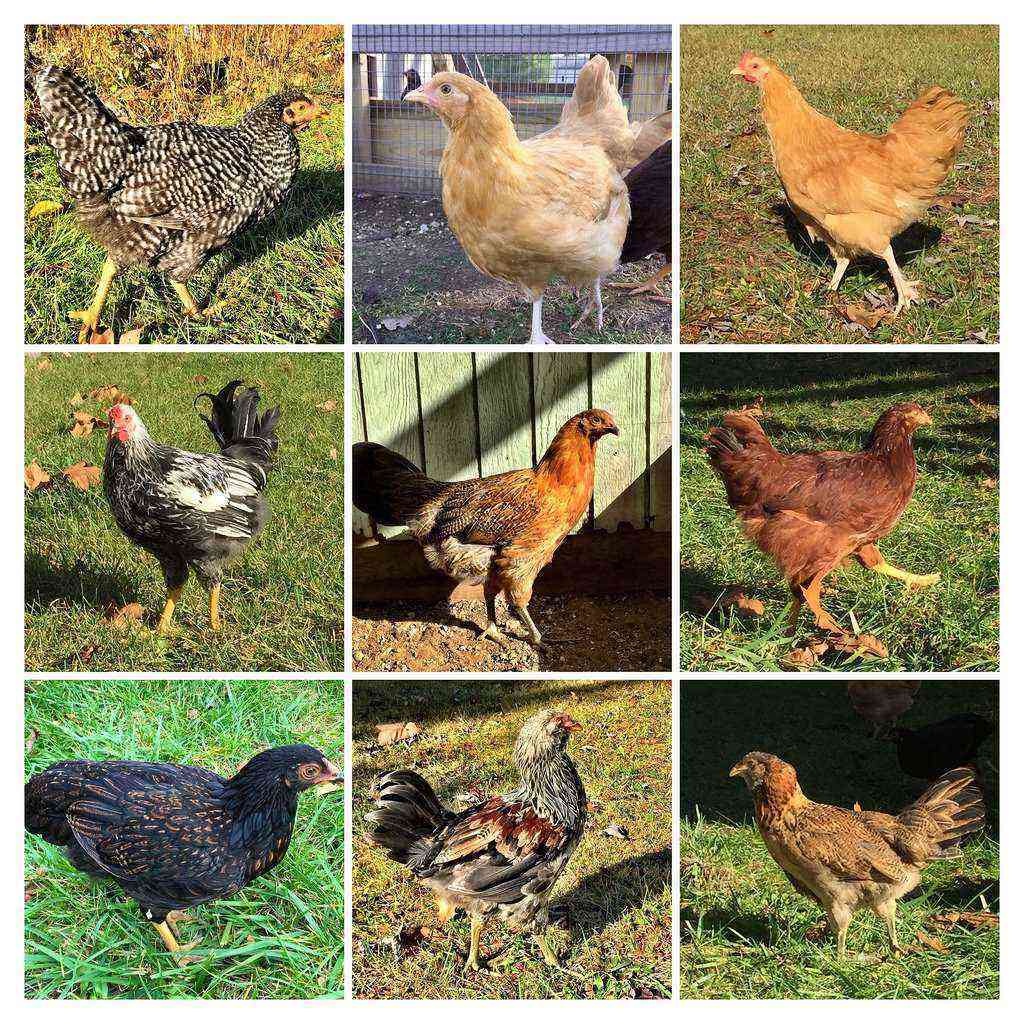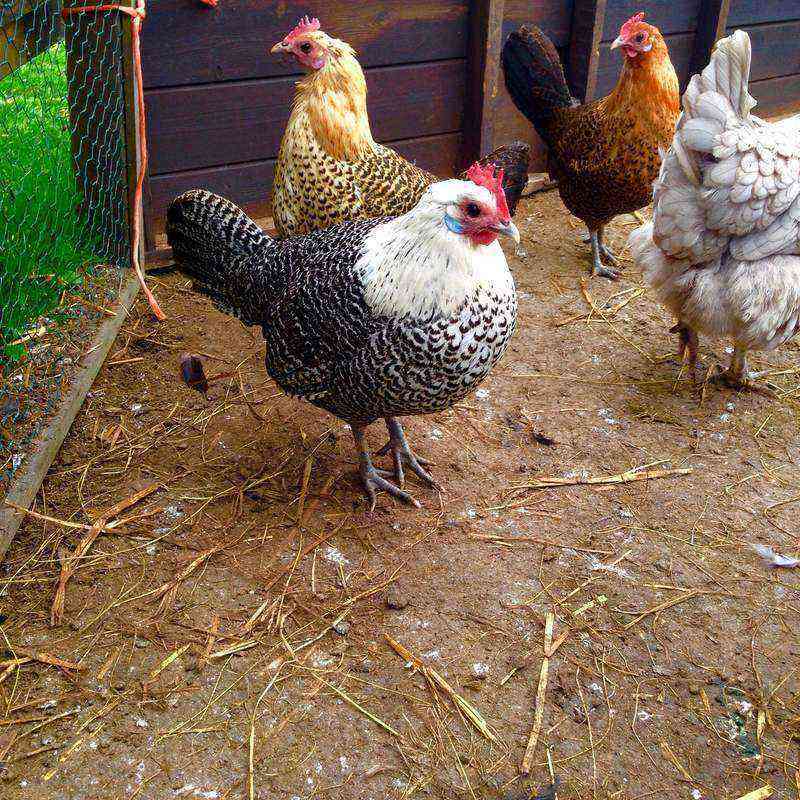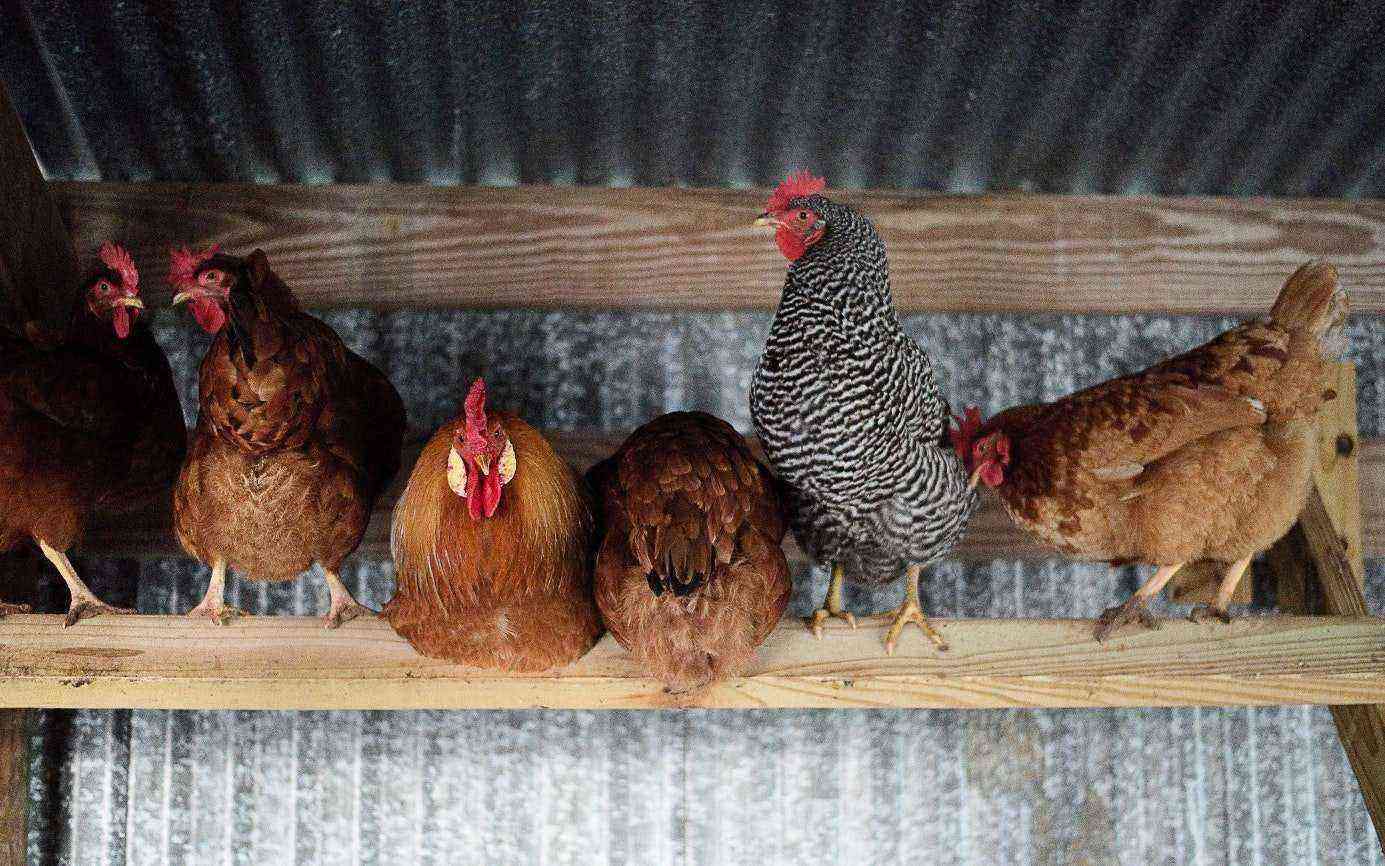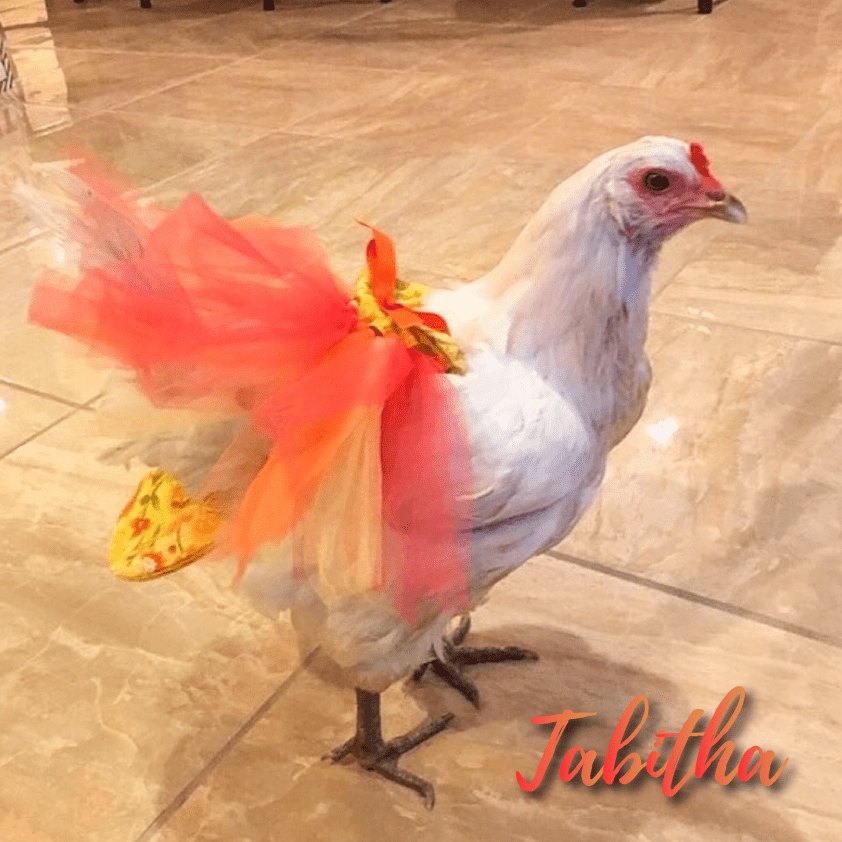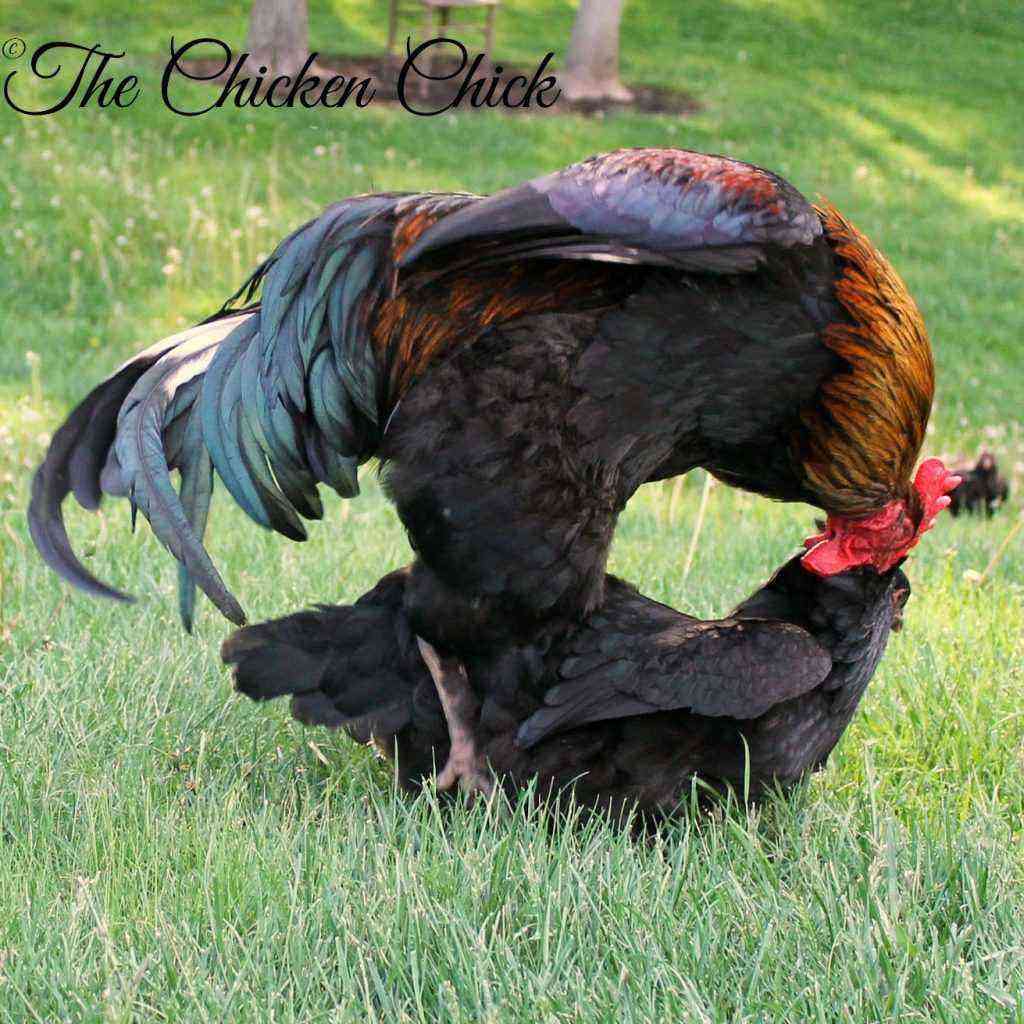One of the common septic infectious diseases of chickens is spirochetosis (treponemosis). It is transmitted through the bites of ticks that breed in unsanitary conditions in poultry houses, where there are many cracks and cracks in the floor.
Egg-laying breeds are more courageous and easily tolerate spirochetosis, in contrast to meat or meat-and-egg directions. The presence of other diseases has a great influence on the development of the disease and the well-being of laying hens: hypovitaminosis, beriberi. They contribute to the rapid spread of infection in the body and lead to the death of the bird.
In addition to infecting feathered pets with spirochetosis, ticks suck blood from chickens, which also negatively affects their well-being and health.
The first signs of bird infection with spirochetosis are an increase in body temperature to 43 degrees. This happens on the fourth or sixth day after an insect bite due to the reproduction of spirochetes in the blood of a bird. Along with an increase in temperature, the chickens lose their appetite, anemia develops, lethargy and fatigue appear in their movements, they are tormented by thirst, the comb turns pale and hangs on its side. Laying hens become apathetic and lethargic, it is difficult for them to move around, their legs practically do not bend, so they sit all the time, sometimes slightly shifting to another, more comfortable place and close their eyes. In a few days, the infected individual significantly loses weight and becomes very weak, it develops green diarrhea, toxicosis increases, wings hang down. The bird walks with great difficulty, constantly staggers, its earrings, comb, mouth and eye shells change color to yellowish-brown.
Death occurs on the third or fifth day after the first signs of the disease and is accompanied by convulsions. Sometimes spirochetosis flows from acute to chronic, and the chicken continues to live with this disease for up to three weeks.
It is possible to cure a bird infected with treponemosis with the help of novarsenol, which immediately begins to fight the infection. Chickens recover after the first injection. If during the first day the drug did not work, on the second day the injection is carried out again.
To protect the bird from infection with spirochetosis, it is necessary to exclude ticks from entering the chicken coop, which can be there during internal equipment and repair of the premises with old timber, when transporting feathered pets in boxes where there are ticks and in other ways. From time to time, cracks and crevices in the walls should be checked for the presence of parasites, and the house should be disinfected.


